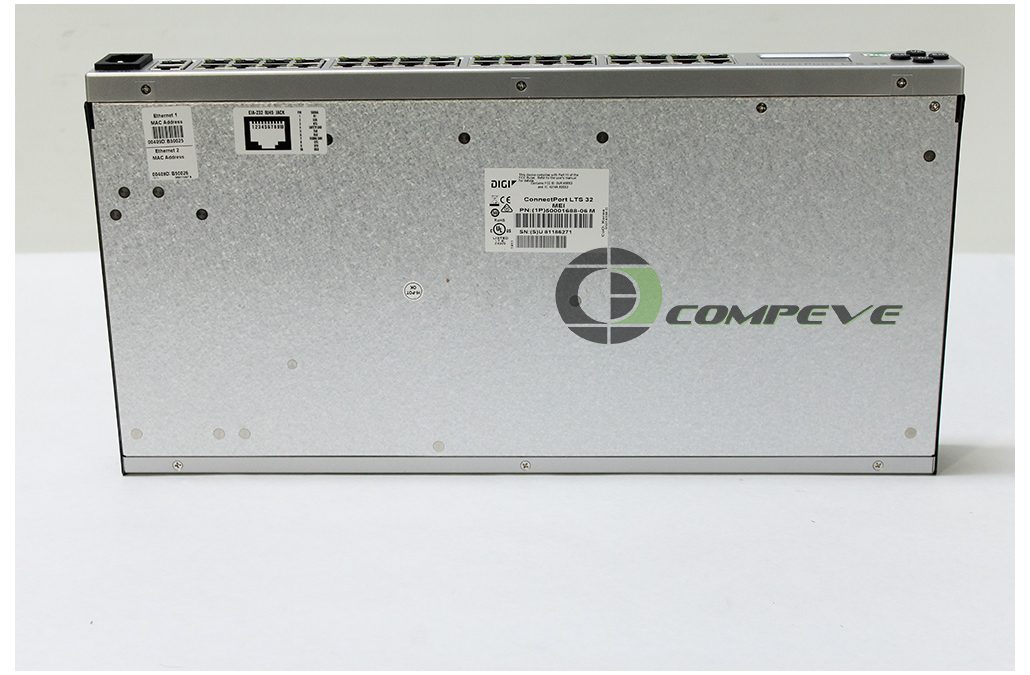1. EXECUTIVE SUMMARY
- CVSS v3 2.4
- ATTENTION: Exploitable remotely/low skill level to exploit
- Vendor: Digi International
- Equipment: ConnectPort LTS 32 MEI
- Vulnerabilities: Unrestricted Upload of File with Dangerous Type, Cross-site Scripting
2. RISK EVALUATION
Successful exploitation of these vulnerabilities could limit system availability.
3. TECHNICAL DETAILS
3.1 AFFECTED PRODUCTS
The following versions of ConnectPort LTS 32 MEI, which provides serial over Ethernet connectivity, are affected:
- ConnectPort LTS 32 MEI: firmware Version 1.4.3 (82002228_K 08/09/2018), bios Version 1.2
3.2 VULNERABILITY OVERVIEW
3.2.1 UNRESTRICTED UPLOAD OF FILE WITH DANGEROUS TYPE CWE-434
Successful exploitation of this vulnerability could allow an attacker to upload a malicious file to the application.
CVE-2020-6975 has been assigned to this vulnerability. A CVSS v3 base score of 2.4 has been calculated; the CVSS vector string is (AV:N/AC:L/PR:H/UI:R/S:U/C:N/I:L/A:N).
3.2.2 IMPROPER NEUTRALIZATION OF INPUT DURING WEB PAGE GENERATION (‘CROSS-SITE SCRIPTING’) CWE-79
Multiple cross-site scripting vulnerabilities exist that could allow an attacker to cause a denial-of-service condition.
CVE-2020-6973 has been assigned to this vulnerability. A CVSS v3 base score of 2.4 has been calculated; the CVSS vector string is (AV:N/AC:L/PR:H/UI:R/S:U/C:N/I:N/A:L).
3.3 BACKGROUND
- CRITICAL INFRASTRUCTURE SECTORS: Commercial Facilities, Critical Manufacturing, Food and Agriculture, Healthcare and Public Health, Transportation Systems
- COUNTRIES/AREAS DEPLOYED: Worldwide
- COMPANY HEADQUARTERS LOCATION: United States
3.4 RESEARCHER
Murat Aydemir, Critical Infrastructure Penetration Test Specialist at Biznet Bilisim A.S., and Fatih Kayran, Penetration Test Specialist at Biznet Bilisim A.S., reported these vulnerabilities to CISA.
4. MITIGATIONS
Digi recommends users upgrade to the mandatory release of ConnectPort LTS Version 1.4.5, released on November 8, 2019.
Digi International recommends the following best practices:
- Test the new release in a controlled environment with your application before you update production devices.
- Unless otherwise noted, apply updates in the following order:
- Device firmware
- Modem firmware
- Configuration
- Application
If you prefer manually updating one device at a time, follow these steps from the manual: Firmware update process
Contact the Digi Technical Support team at https://www.digi.com/support to find out more on this release.
CISA recommends users take defensive measures to minimize the risk of exploitation of this vulnerability. Specifically, users should:
- Minimize network exposure for all control system devices and/or systems, and ensure that they are not accessible from the Internet.
- Locate control system networks and remote devices behind firewalls, and isolate them from the business network.
- When remote access is required, use secure methods, such as Virtual Private Networks (VPNs), recognizing that VPNs may have vulnerabilities and should be updated to the most current version available. Also recognize that VPN is only as secure as the connected devices.
CISA reminds organizations to perform proper impact analysis and risk assessment prior to deploying defensive measures.
CISA also provides a section for control systems security recommended practices on the ICS webpage on us-cert.gov. Several recommended practices are available for reading and download, including Improving Industrial Control Systems Cybersecurity with Defense-in-Depth Strategies.
Additional mitigation guidance and recommended practices are publicly available on the ICS webpage on us-cert.gov in the Technical Information Paper, ICS-TIP-12-146-01B–Targeted Cyber Intrusion Detection and Mitigation Strategies.
Organizations observing any suspected malicious activity should follow their established internal procedures and report their findings to CISA for tracking and correlation against other incidents.
CISA also recommends users take the following measures to protect themselves from social engineering attacks:
- Do not click web links or open unsolicited attachments in email messages.
- Refer to Recognizing and Avoiding Email Scams for more information on avoiding email scams.
- Refer to Avoiding Social Engineering and Phishing Attacks for more information on social engineering attacks.
No known public exploits specifically target these vulnerabilities.
Source:


Stay connected